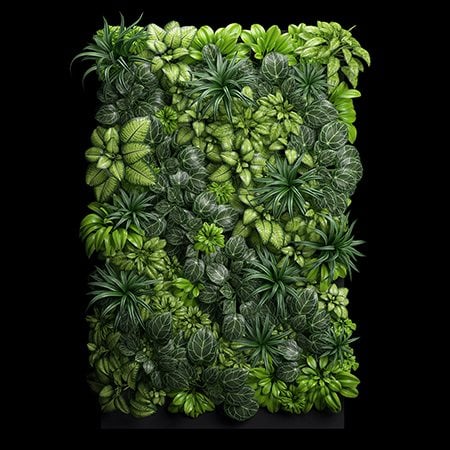

Perennial Wallflower (Bowles Mauve). Produces a profusion of sweet-scented purple flowers from April all through the summer.Lavender should be planted in April or May and pruned back to encourage bushy growth. It thrives in a sunny, sheltered position in well-drained soil. Plants can be used for edging beds or grown to form an attractive, low-growing hedge. Lavender. Flowers are a purplish-blue in colour and grow on spikes through the summer.Only half hardy so can be a short-lived perennial. These can provide useful height at the back of a border. Easy to grow from seed, plant March to April in well-drained soil. Verbena bonariensis. Stems up to a metre tall support heads of lilac-purple flowers from August to October.These shrubs need pruning well in Spring as they can grow 5' to 8' from the ground in a single season. Usually in bloom through July and August. Different varieties will flower in pink, red, purple, and white. Buddleia (The butterfly bush). Very easy to grow in almost any soil.There are now good alternatives to peat available from garden centres.

Peat bogs are home to many special animals and plants, including the Large Heath butterfly, which is declining across Europe.

Nectar provides butterflies and moths with energy to fly and find a mate. If you manage your patch to create breeding habitat you may see even more. Gardens can act as important stepping stones between nature reserves and other natural habitats by offering abundant supplies of nectar and food plants.īutterflies will visit any garden, however small if they can feed on suitable nectar plants and a well thought out garden can attract many species of butterfly.


 0 kommentar(er)
0 kommentar(er)
